Copyright 2021 Evolution Reptiles
All rights reserved.
Copyright 2025 Evolution Reptiles
All rights reserved.
All rights reserved.
Home / Food / Live Reptile Food / Isopods / Rubber Ducky Isopods – Pack of 5
£69.99
Rubber Ducky Isopods are bright yellow rolly-pollies that keep your terrarium clean and healthy.
• Thrive at 21–27 °C with 70–80 % humidity
• Eat decaying leaves, wood and small protein treats
• Roll into a tight ball when startled
• Easy to care for and breed year-round
Only 2 left in stock
Rubber Ducky Isopods (Cubaris sp. “Rubber Ducky”)
Dive into the designer world of Rubber Ducky Isopods—the bright yellow, duckbill-faced rolly-pollies that transform any terrarium, vivarium or bioactive setup into a vibrant ecosystem.
Discovered in the humid, limestone caves of Thailand in 2017, Rubber Ducky Isopods thrive in dark crevices among decaying wood and leaf litter. These cave-dwelling Cubaris require calcium-rich substrates to build their striking exoskeletons and high humidity akin to their native habitat.
Whether you’re a beginner or seasoned isopod farmer, Rubber Duckies are surprisingly easy to maintain once you nail their key parameters:
• Temperature: 21–27 °C
• Humidity: Maintain 70–80 % RH. Regular misting or a moist hide of sphagnum moss helps keep them hydrated and supports smooth molting.
• Ventilation: Fine-mesh vents or partial drilling ensure fresh air exchange, preventing mold while preserving moisture.
Recreate a mini limestone cave floor with a living soil blend that holds moisture, provides hiding spots, and supplies minerals:
Depth: 4–6 inches minimum to allow true burrowing and secure daytime retreats.
As detritivores, Rubber Ducky Isopods will gratefully process your terrarium’s waste, but a varied menu boosts health and breeding:
• Leaf litter & decaying wood: Core diet and substrate enrichment.
• Protein supplements: Shrimp pellets, fish flakes or cricket frass—offer modest portions to avoid bacterial spikes.
• Calcium sources: Cuttlebone shards, crushed eggshells or garden lime mimic their cave’s limestone—essential for strong exoskeletons.
• Greens & algae: Occasional carrot slices, sweet potato or algae wafers provide vitamins and extra moisture.
Remove leftovers after 48 hours to keep the soil fresh.
• Shy burrowers: They’ll sequester themselves deep in the substrate by day, emerging at night to forage.
• Prolific breeders: Once settled, they reproduce year-round. Broods range 5–20 juveniles; maturity reached in 6–12 months under stable conditions.
• Designer Appeal: Their cheery yellow hue and duck-bill profile stand out in any cleanup crew lineup.
• Bioactive Power: They break down leaf litter and excess food, cycling nutrients back into living soil.
• User-Friendly: Straightforward husbandry with impressive colony growth makes them ideal for terrarium enthusiasts and bio-tech tinkerers alike.
Elevate your terrarium’s cleanup crew and enchant visitors with a colony of Rubber Ducky Isopods (Cubaris sp. “Rubber Ducky)—nature’s cutest recyclers!
| Weight | 0.04 kg |
|---|
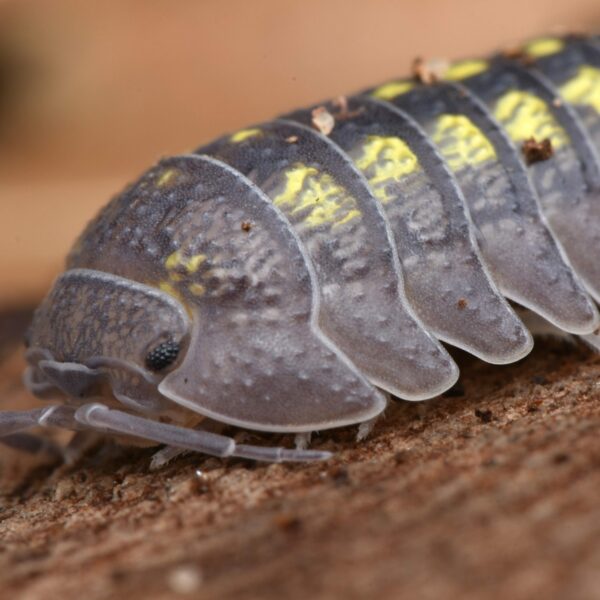
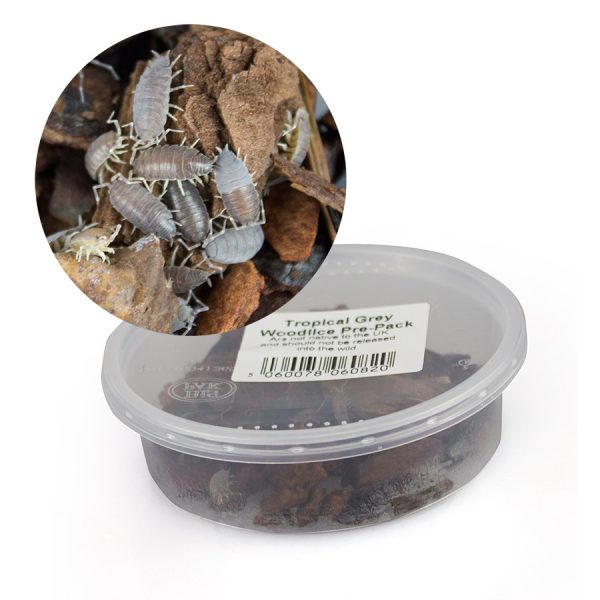
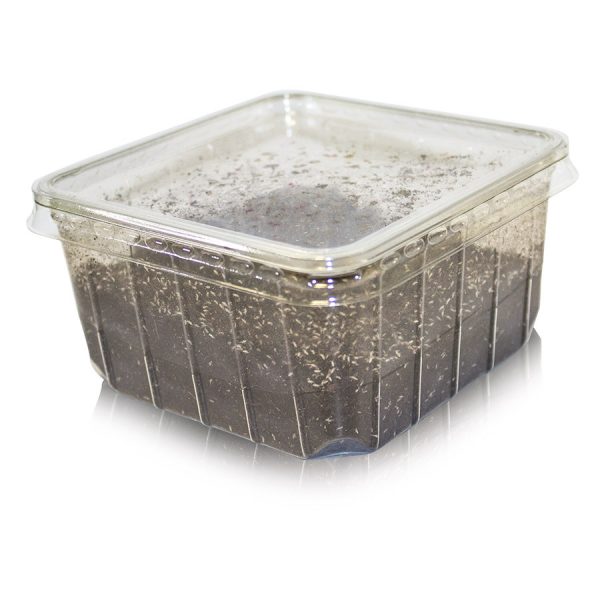
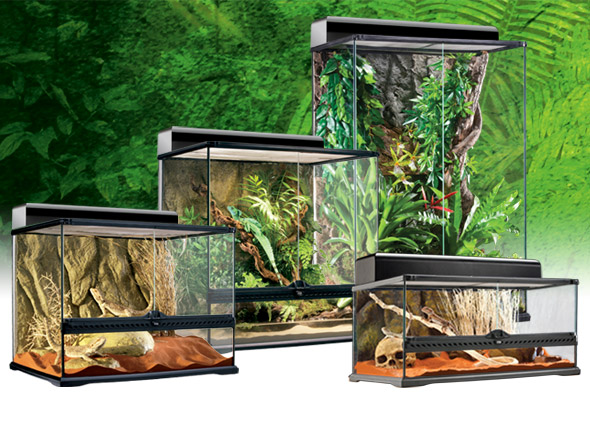
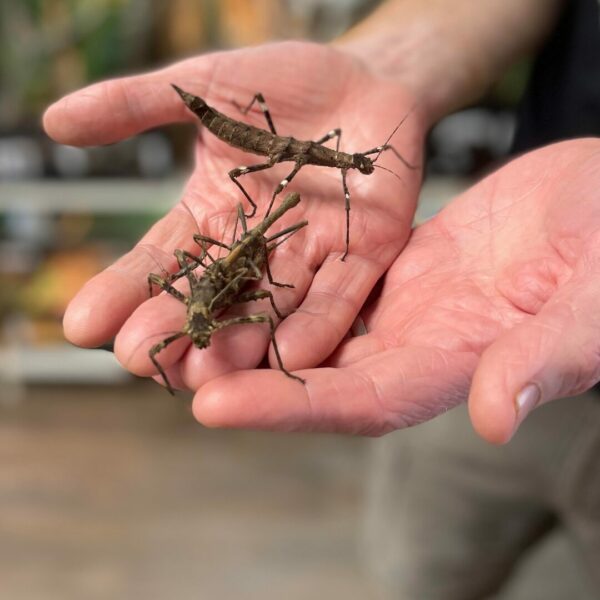
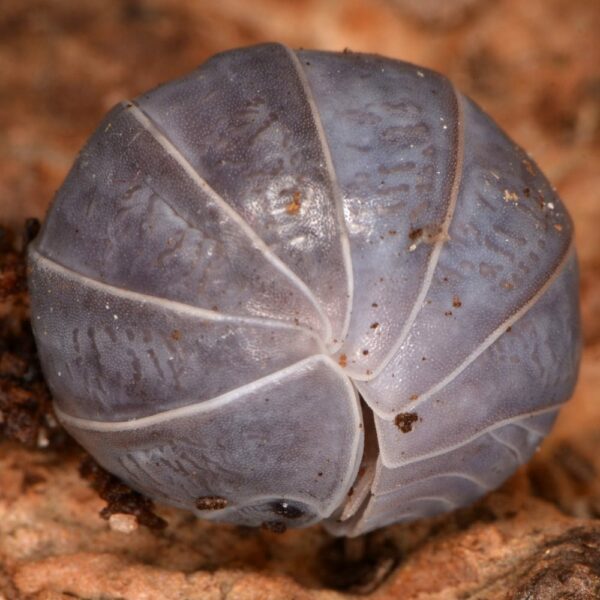
Copyright 2021 Evolution Reptiles
All rights reserved.